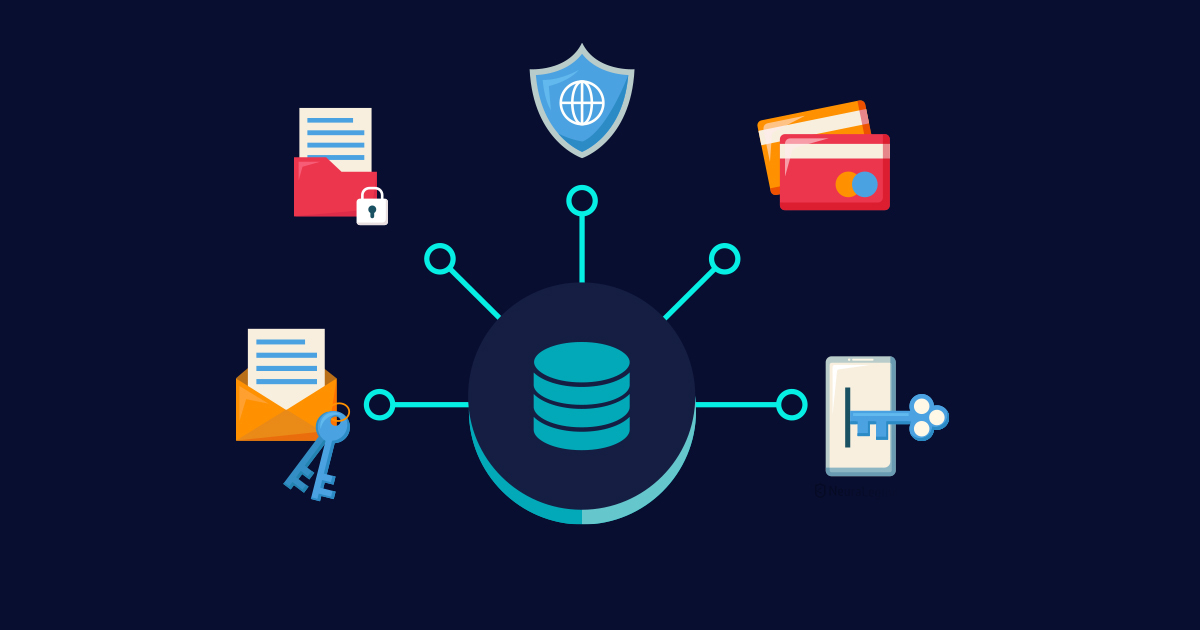
Remote File Inclusion (RFI) and Local File Inclusion (LFI) are two types of attacks that exploit vulnerabilities in web applications that dynamically include files. In an RFI attack, the attacker includes a file from a remote server, while in an LFI attack, the attacker includes a file from the local server. Both types of attacks can be used to steal sensitive data, execute malicious code, or take control of the web application.
How RFI Attacks Work
RFI attacks work by exploiting the fact that web applications often allow users to specify the location of a file to be included. If the application does not properly validate the user input, an attacker can specify the location of a malicious file on a remote server. When the web application includes the file, the malicious code will be executed on the victim's server.
How LFI Attacks Work
LFI attacks work in a similar way, but instead of including a file from a remote server, the attacker includes a file from the local server. This can be done by specifying the path to a file that is located on the victim's server. If the application does not properly validate the user input, the attacker can include a file that contains malicious code. When the web application includes the file, the malicious code will be executed on the victim's server.
How to Prevent RFI and LFI Attacks
The best way to prevent RFI and LFI attacks is to properly validate all user input before including files. This can be done by using a regular expression to match only valid file paths. Additionally, it is important to use a secure coding practices, such as escaping all special characters.
Here are some additional tips for preventing RFI and LFI attacks:
Use a web application firewall (WAF) that is specifically designed to detect RFI and LFI attacks.
Use a static analysis tool to scan your code for potential RFI and LFI vulnerabilities.
Keep your web application software up to date.
By following these tips, you can help to protect your web applications from RFI and LFI attacks.
Here are some additional details about RFI and LFI attacks:
RFI and LFI attacks can be used to steal sensitive data, such as passwords, credit card numbers, and other personal information.
RFI and LFI attacks can be used to execute malicious code, such as viruses, worms, and Trojans.
RFI and LFI attacks can be used to take control of the web application, which can allow the attacker to do things like add, delete, or modify data.
Here are some tips for detecting RFI and LFI attacks:
Monitor your web application logs for suspicious activity.
Use a WAF that is specifically designed to detect RFI and LFI attacks.
Use a static analysis tool to scan your code for potential RFI and LFI vulnerabilities.
By following these tips, you can help to detect RFI and LFI attacks.




